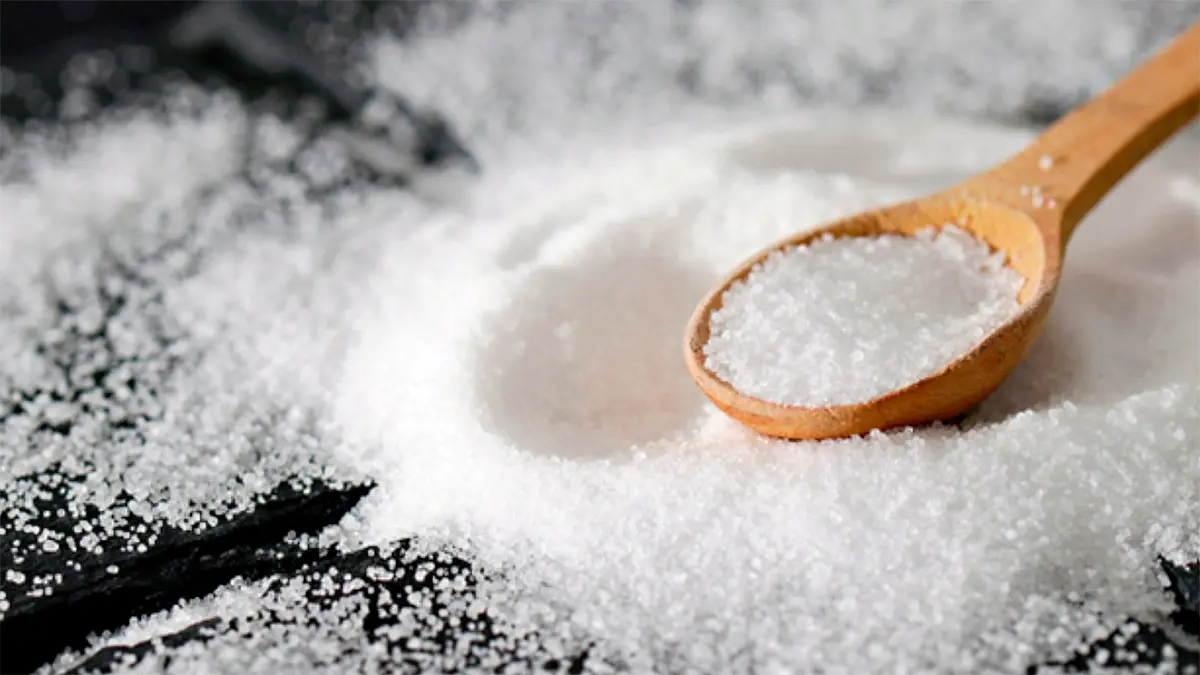Who Are the World’s Leading Salt Exporters?

- The top 5 salt producers worldwide
- International salt trade: leading exporters
- Tunisia: Maghreb leader and emerging player
- Understanding value discrepancies
- Growing demand and future prospects
Salt, an essential ingredient in our daily lives, is also a key resource in the global economy. It is used not only in food but also across many industrial sectors, such as chemistry, pharmaceuticals, and road de-icing.
The top 5 salt producers worldwide
Salt production is dominated by a few countries, primarily due to their vast territories, natural resources, and access to advanced extraction and processing technologies. In 2023, the top 5 global salt producers were:
1. China.
China leads the world with a production of 53 million tons, China leads the world thanks to its immense natural reserves and an industry geared toward both exports and self-sufficiency.
2. United States.
The US is the second-largest producer, generating 42 million tons, supported by robust industrial infrastructure and strong domestic demand.
3. India.
India produces 30 million tons, benefiting from extensive salt pans, especially in coastal regions like Gujarat..
4. Germany.
Germany, as Europe’s leader, produces 15 million tons, largely from its rock salt mines.
5. Australia.
Australia produces 14 million tons, with much of it destined for export, leveraging its salt-rich desert regions.
Other significant contributors to global salt supply include Canada, Mexico, and Brazil.
International salt trade: leading exporters
The global salt trade presents a different ranking from production, as exports depend not only on production volumes but also on a country's ability to process and distribute resources to the world market. In 2023, the top 5 salt exporters were:
1. Netherlands
The Netherlands exported $403 million worth of salt, leveraging its logistical expertise and role as a global trade intermediary.
2. Germany
With $370 million in exports, Germany dominates regional trade, benefiting from its proximity to European markets.
3. India
India exports a significant portion of its production to Asia and the Middle East.
4. United States
The U.S. combines robust domestic demand with targeted exports, totaling $258 million.
5. Chile
Chile exported $181 million of high-quality salt, sourced primarily from its salt flats.
Tunisia: Maghreb leader and emerging player
In the Maghreb, Tunisia stands out as the leading salt exporter, generating $31 million in international revenue in 2023. This performance places Tunisia 24th globally among salt exporters, behind major producers and logistical trade hubs.
Tunisia’s success stems from its semi-arid climate, which supports salt marsh production, and its strategic access to the Mediterranean Sea, facilitating maritime exports.
Understanding value discrepancies
Disparities in exporter rankings arise from the diversity of salt types classified under the label “salt and sodium chloride” in global trade nomenclature (HS Code 25010031).
- Rock salt, used in chemical manufacturing (e.g., soda production), is competitive in volume but less lucrative in value.
- In contrast, specialty salts, such as Himalayan pink salt, fetch high value-added prices. For example, Pakistan, the sole producer of Himalayan pink salt, ranked 15th globally in 2023 with $52 million in export revenues.
A country’s position in the value chain also plays a crucial role:
- Primary producers, such as India and Australia, primarily export raw or minimally processed salt, with rankings based on volume.
- Processors, such as Germany and the Netherlands, import raw salt for their chemical industries and export high-value salts.
Growing demand and future prospects
Population growth is expected to drive increased demand for salt in the coming years. Whether for meeting food needs, supplying the chemical industry, or providing de-icing solutions, global salt production must adapt to this dynamic.
Salt, as an indispensable resource, will continue to play a central role in the world’s economic and industrial balance.








